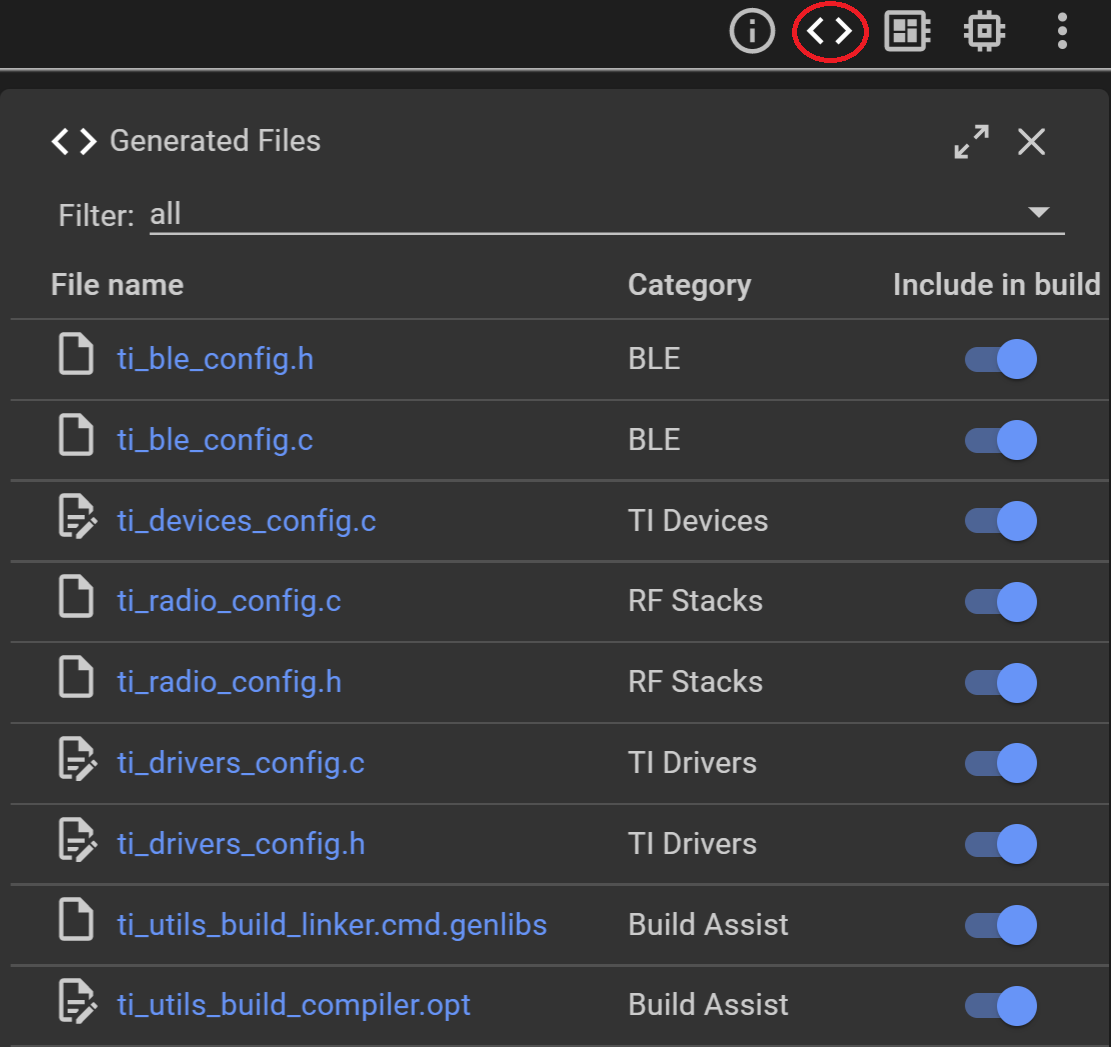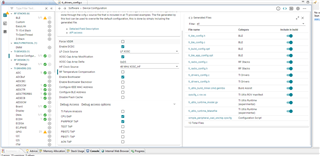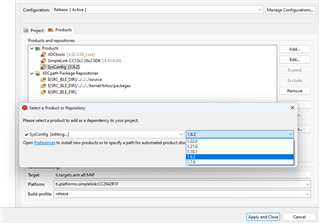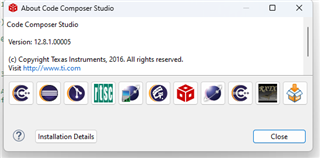Other Parts Discussed in Thread: SYSCONFIG
Tool/software:
Hello,
We have been using the CC2642 in our company for a long time and have manufactured tens of thousands of products. However, we are currently facing a major issue.
We communicate with the CC2642 via Bluetooth using our mobile application. On some smartphones, the Bluetooth broadcasts are not listed. While this is not a critical problem for us, we would still appreciate assistance with resolving this issue as well.
Our main problem is as follows:
Using the same code and the same hardware, we can easily connect to smartphones. However, when we scan with one of our products that uses an ESP32 at the central hub, we cannot see the BLE broadcasts from the CC2642. Sometimes the connection is established, but other times it is not established at all.
We are seeking your help with this significant issue. We are ready to share any details you may need.
By the way, we run NRF52832 without any problems with our existing esp32 device.
Looking forward to your assistance.






